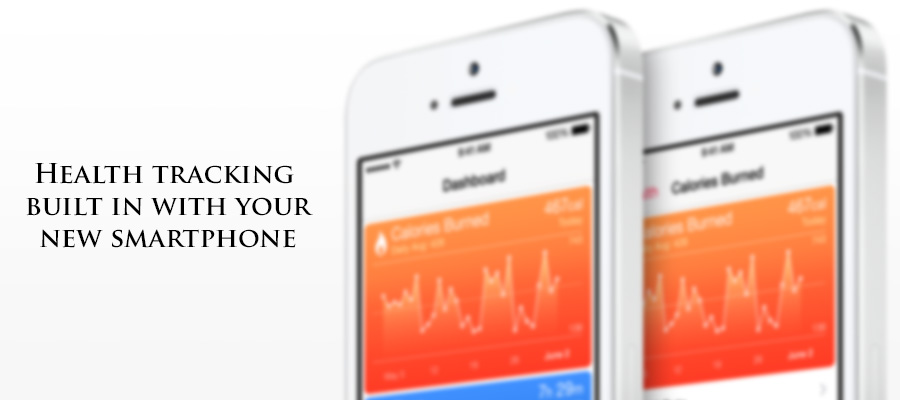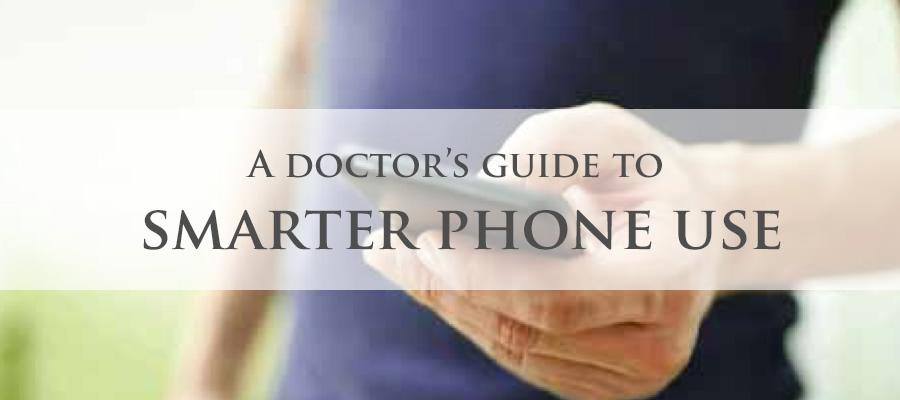Use of smartphones among medical students in the clinical years at a medical school in Sub-Sahara Africa: A pilot study
Nasiru A Ibrahim, MBBS, FWACS1, Mohammad Salisu, MBBS, FWACPaed2, Abiodun A Popoola, MBBS, FWACS3, Taofeeq I Ibrahim, MBBS4
1Department of Surgery, Lagos State University College of Medicine, Ikeja, Lagos State, Nigeria; 2Department of Paediatrics, Lagos State University College of Medicine, Ikeja, Lagos State, Nigeria; 3Department of Radiology, Lagos State University College of Medicine, Ikeja, Lagos State, Nigeria; 4Federal Medical Centre, Ebute Metta, Lagos State, Nigeria
Corresponding author: Nasiru A Ibrahim, Department of Surgery, Lagos State University College of Medicine, 1–4 Oba Akinjobi Street, Ikeja, Lagos State, Nigeria. Tel: +2348023044971, E-mail: ibrahimakanmu@yahoo.com
Journal MTM 3:2:28–34, 2014
Background: Smartphones help in quick access to medical information, enhance student learning in clinical environment and increase their knowledge score. We conducted a pilot study of medical students in the clinical years to assess their current utilization of mobile phones, the perceived advantages and barriers.
Methods: A cross-sectional survey of 5th and 6th year medical students using a pre-tested questionnaire was conducted. Information gathered were bio-data, type of mobile phone owned, usage pattern in terms of frequency and applications, perceived advantages and barriers. Data was analysed employing SPSS version 15.
Results: All the 123 participants owned smartphones and the greatest use among majority (>63%) was for routine functions such as receiving or making calls, sending or receiving SMS and e-mails, as schedule/calendar/planner and as dictionary. Less frequent usage (41% to 59%) was to access and take lecture notes, access medical videos, electronic textbook and for medical research. They were rarely used (<32%) as clinical tools in patient management, for course evaluation and as log book. Battery life, small size screen, slow speed, limited memory and cost were the major barriers to mobile learning while the greatest advantages were mobility of the device, ease of use, access to current information and ease of access to resources.
Conclusions: Our medical students appeared comfortable with the use of smartphones for routine personal applications, searching academic resources as well as accessing and taking lecture notes without institutional assistance. With minimal support, they could be encouraged to use their mobile phones for greater education activities and accessing clinical materials.




